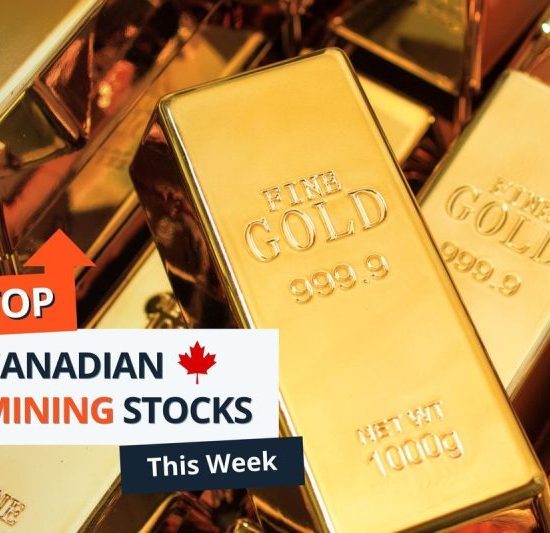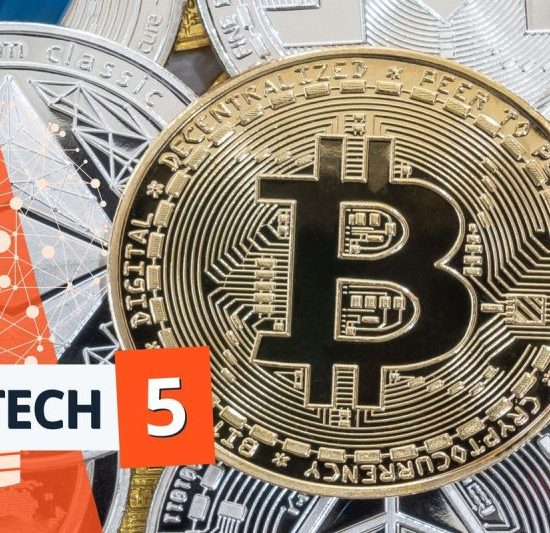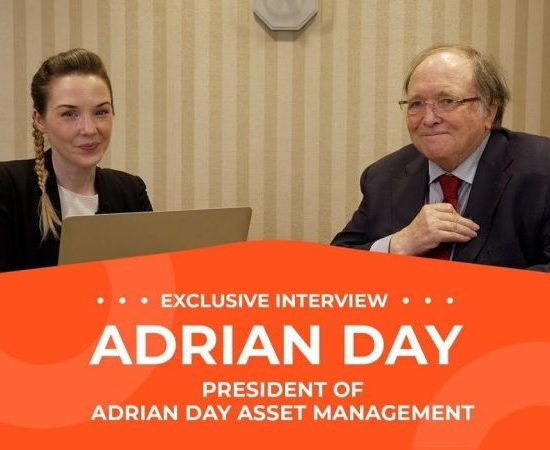As we dive deeper into this fascinating subject, it is essential to first understand what an inflation hedge is. Put simply, it represents an investment that is expected to increase in value over time as inflation erodes the value of the national currency. This makes inflation hedges an important investment strategy. Traditionally, commodities like gold and real estate have been preferred choices as inflation hedges. However, recent trends have indicated that copper, a metallic element with multiple industrial applications, has emerged as a promising hedge against inflation.
There are several reasons for the red-hot attraction of copper. Firstly, copper has an extensive range of industrial applications. This base metal is virtually everywhere – from construction materials and machinery to electronic products and vehicles. Copper’s vast industrial use makes its demand relatively inelastic. This, in turn, means that copper prices are less likely to fall significantly during economic downturns, hence offering a sturdy hedge against inflation.
Secondly, the current backlash against plastic due to environmental concerns has catalysed increased demand for copper as a substitute in piping and tubing, especially in the construction industry. As the world shifts towards a more environmentally conscious paradigm, this demand is only expected to rise further. Furthermore, the development and vast adoption of electric vehicles, which require significantly more copper for their production than regular cars, also promise an increased demand for this red metal.
Thirdly, supply-side constraints for copper are ratcheting up its price, making it a lucrative investment option. The extraction of copper from its ores is a laborious and costly process. Additionally, high-grade copper ores are becoming increasingly scarce, which implies that copper mining will likely become even more expensive in the future. At the same time, geopolitical tensions and labour disputes in copper-rich countries have the potential to disrupt the global supply, creating a supply side constraint that can result in price surges.
Investing in copper as an inflation hedge can be done in various ways. Buyers can physically purchase copper, but this comes with storage and insurance costs. A more common approach is investing in copper futures contracts. These represent agreements to buy or sell a certain amount of copper at a predetermined price on a specific future date. Copper mining stocks and copper ETFs represent other popular methods, the latter being a particularly preferred choice due to the lower risk associated with diversification.
However, caution is advised. As with any investment, copper comes with its own set of risks. Aside from the usual market risks, copper is also subject to geopolitical risks due to its uneven geographical distribution. Fluctuations in the global economy can also impact copper prices significantly.
While there’s a growing case for copper as an inflation hedge, it’s always important for investors to diversify their portfolio. Rigorous research, careful analysis, and consulting with a financial advisor can help ensure that your investment strategy, including copper, aligns with your risk tolerance and financial goals.
Despite the risks, the red-hot case for copper as an inflation hedge remains compelling, supported by factors ranging from industrial demand, supply constraints to increasing environmental awareness. As we continue to seek out strategies to safeguard our investments from the scourge of inflation, copper certainly stands tall with its unique credentials.




